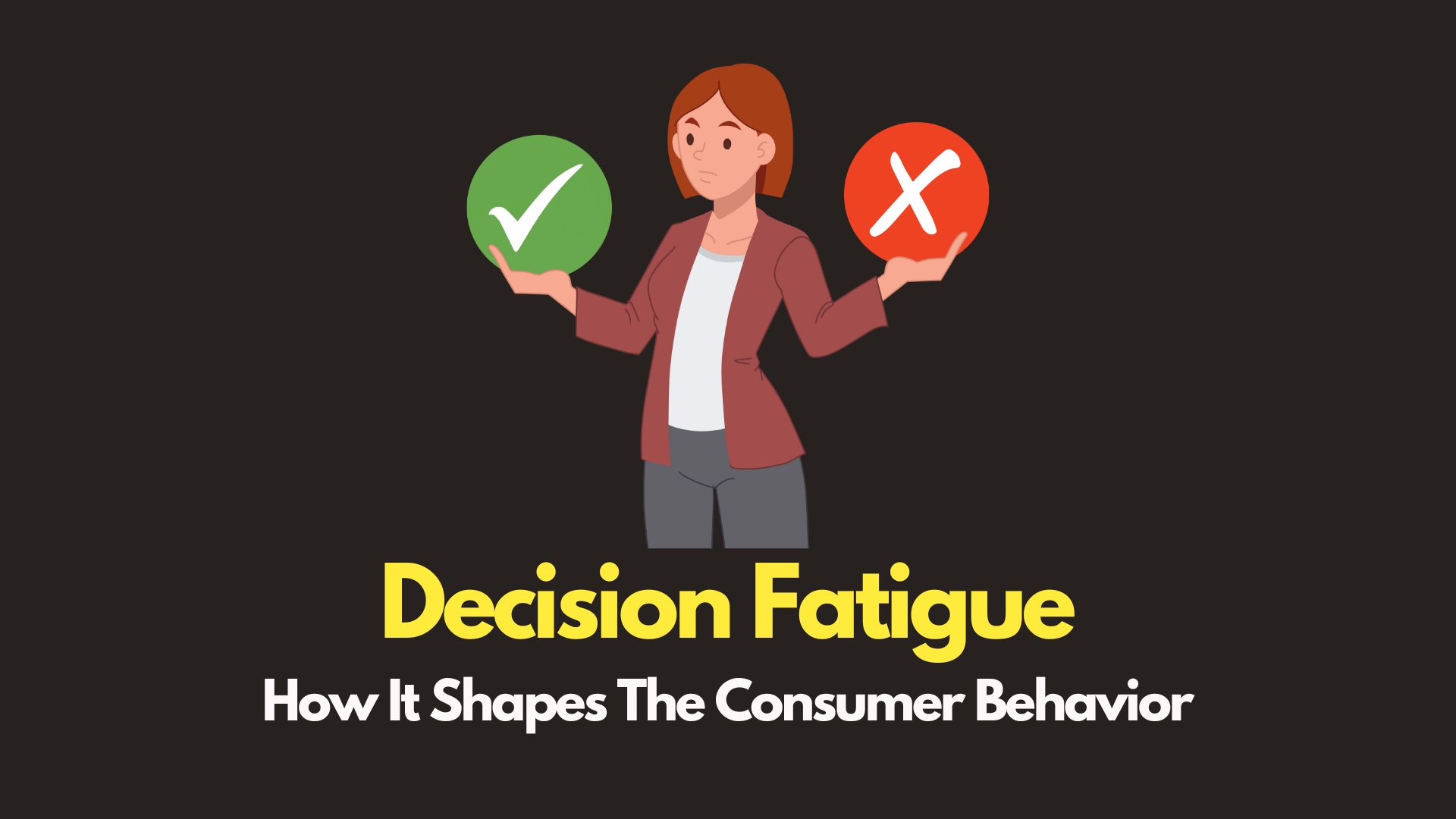Published
- 3 min read
Decision Fatigue and Consumer Choices

Key Takeaways
- Decision Fatigue: A state of mental overload that can impair a shopper’s ability to make decisions.
- Effects on Shopping: Leads to confusion, less consistent choices, and postponement of purchases.
- Time of Day: Decision fatigue can be influenced by the time of day, with afternoons being less consistent for decision making.
- Mitigation Strategies: Simplifying choices, taking breaks, and shopping at optimal times can help reduce decision fatigue.
Introduction
In the bustling aisles of both virtual and physical stores, shoppers are often bombarded with an array of products and choices. This sensory overload can lead to a psychological phenomenon known as decision fatigue. At Gufito.com, we explore how this fatigue impacts shopping behavior and offer strategies to mitigate its effects.
The Impact of Decision Fatigue on Shopping Behavior
Decision fatigue occurs when a person is overwhelmed by the number of decisions they must make, leading to a depletion of their mental resources. In the context of shopping, this can manifest as confusion, hasty or regrettable purchases, or even the postponement of decisions.
Confusion and Shopping Fatigue
With an ever-increasing number of alternatives in the online shopping environment, consumers often experience choice overload. This leads to confusion and a state of shopping fatigue, where the prospect of making a well-informed decision seems daunting.
Postponement of Purchases
The paralysis of choice is a direct outcome of decision fatigue. When faced with too many options or complex decisions, shoppers tend to delay their purchases, sometimes indefinitely. This behavior is not only frustrating for the consumer but also impacts retailers and businesses.
Inconsistent Choices
Research suggests that the consistency of choices can vary depending on the time of day. For example, online food choices made in the afternoon may be less consistent than those made at other times, indicating a higher degree of decision fatigue during these hours.
Strategies to Mitigate Decision Fatigue
Simplify the Choices
Businesses can assist consumers by simplifying choices. By curating product selections and offering personalized recommendations, retailers can alleviate the overwhelming feeling of choice overload. This approach is discussed in depth in our article on creating a balanced marketing strategy leveraging consumer psychology.
Take Regular Breaks
Shoppers should be encouraged to take breaks during extended shopping sessions. This can help replenish mental energy and reduce the perception of future effort, making the decision-making process feel less taxing.
Shop at Optimal Times
Understanding that decision fatigue can be influenced by the time of day, consumers can plan their shopping activities during times when they are less likely to experience fatigue, such as in the morning after a good night’s sleep.
Leverage Technology for Mindfulness
Incorporating mindfulness practices with the aid of technology can also help manage decision fatigue. Engaging in activities that promote alpha waves for mindful serenity can prepare the mind for better decision-making.
Educate on Consumer Psychology
A deeper understanding of consumer psychology can empower shoppers to recognize the signs of decision fatigue and take proactive steps to counteract it. Our extensive coverage on consumer behavior and psychology provides valuable insights.
Conclusion
Decision fatigue is a significant factor that can distort shopping behavior, leading to confusion, inconsistent choices, and the postponement of purchases. By simplifying choices, taking breaks, shopping at optimal times, and leveraging mindfulness, both consumers and businesses can mitigate the effects of decision fatigue.